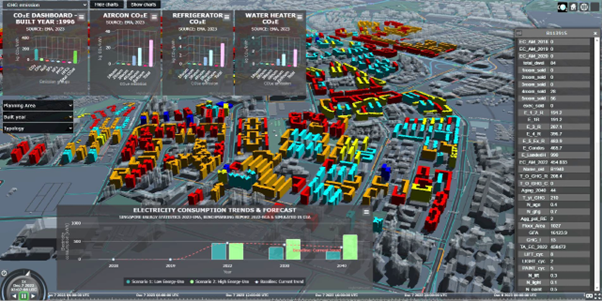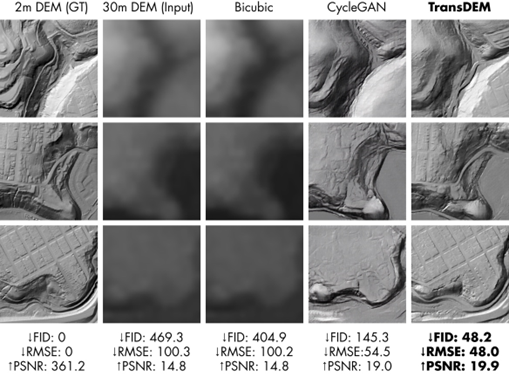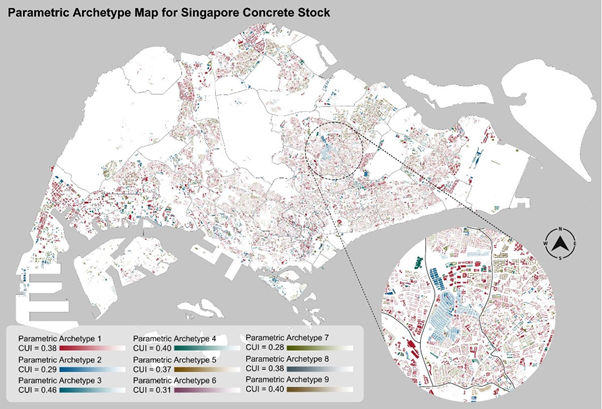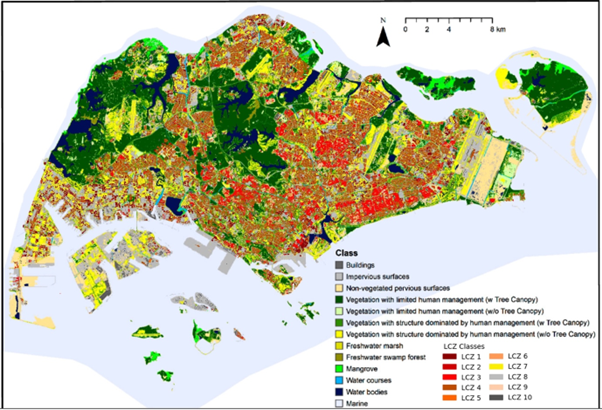Technologies
Architectural & Urban Prototyping Lab

The Architectural & Urban Prototyping Lab develops integrative methods and tools for the design, planning, and management of the urban environment with a focus on sustainability, decarbonization, liveability, and health. The research harnesses the growing computing power and the increasing availability of urban metabolic data and applies advanced technologies and techniques of deep learning, generative design, environmental analytics, and virtual prototyping. The research focuses, among others, on the development of an integrative platform or Urban Digital Twin for scenario planning and collaborative design at the urban (and architectural) level that supports architectural & urban information modelling, scenario development, simulation and analysis, and decision-making.
To achieve this outcome, research topics include:
- Applying novel computational techniques to improve urban data, such as enhancing geospatial data quality using deep generative models and applying a parametric archetype technique to building stock modelling
- Applying novel computational techniques for generative design and planning at the architectural or urban scale, such as graph neural networks to generate building layouts or knowledge graphs to architectural programming and urban functional layouts
- Applying deep learning to improve the efficiency and effectiveness of design analysis
- Understanding human perceptions using machine learning, e.g., of urban green space characteristics and activities using NLP techniques, or of outdoor thermal comfort using multi-modal assessment
- Understanding the impact of various urban factors on air temperature and urban heat island and optimizing urban morphology or urban green space to mitigate urban heat
- Understanding and calculating heat exposure and humid heat stress of (elderly) residents in urban environments
Architectural and urban planning and design in Asia must deal with the fastest urbanization processes in history of mankind. In addition, the demands of sustainability and resilience are confronting planning and design of the built environment with new challenges. The dynamics and complexity of these demands are pushing the methodological boundaries of traditional planning and design approaches, asking for faster procedures, a better integration of data and of more diverse fields of knowledge, a better coordination between different planning institutions, the participation of more specialised experts in different fields, more complex results and a better control of performances. Architectural & Urban Prototyping contributes to these challenges by offering integrative methods and tools for computational planning and design at the architectural and urban scale.


